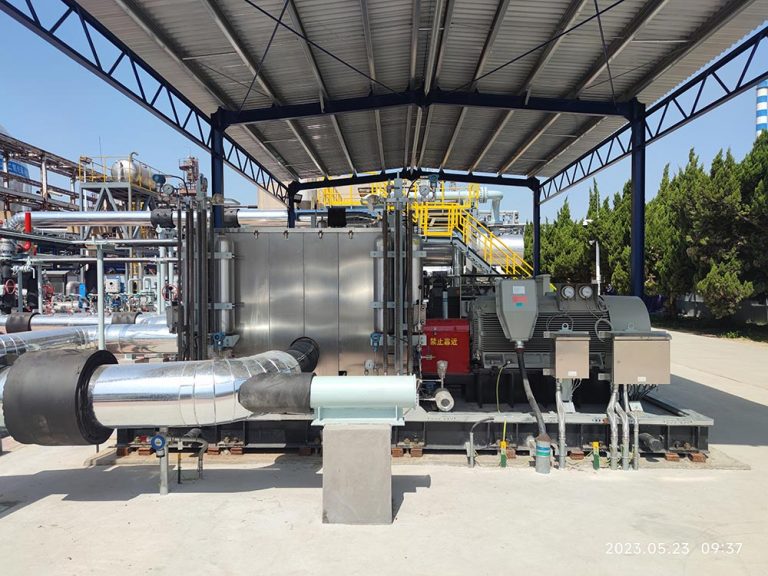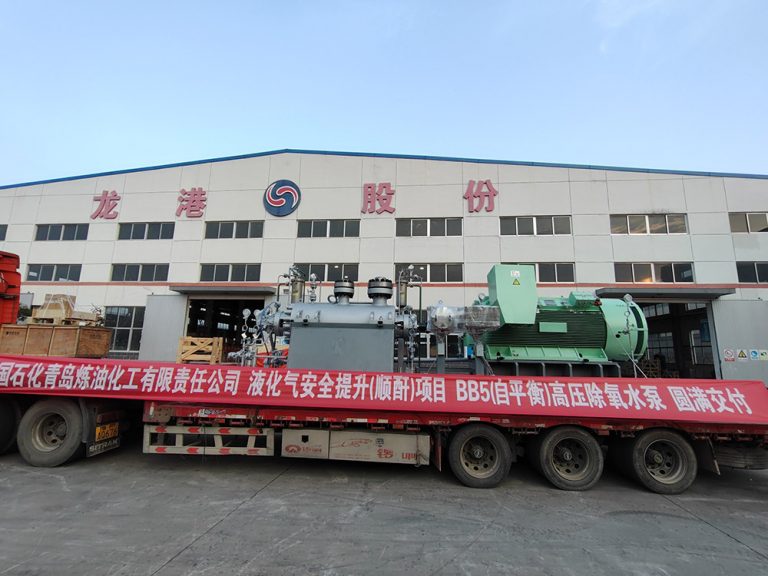The speed of the pump is an important aspect of centrifugal pump operations that tolerate directly at efficiency, pressure and flow rate. Understanding the effects of RPM can help industries to adapt energy consumption, reduce and reduce tears and maintain system stability.
What is the Role of Pump Speed in Centrifugal Pump Performance?
In order to determine how effective a pump is, it’s crucial to consider the speed factor in revolutions per minute (rpm). The efficiency of a pump is determined by its operating speed. Has a critical impact on major measures such as flow rate and pressure in many industrial applications where maximum pump efficiency is critical for smooth operations.

The Relationship Between RPM and Flow Rate
The flow rate of a centrifugal pump varies directly with the speed of the pump. Increasing the RPM increases the flow rate. This is a fundamental relationship because it allows you to vary the output of the pump to suit some needs. For instance, in cases of water supply or power plant applications in industry, where one may need to have varying flow rates, pumping at different speeds can provide the needed flow without having to introduce additional equipment.
Impact on Pressure and Head
The speed with which the pump operates determines the pressure and force that it creates. The force is directly proportional to the square of the RPMs. A doubling of the rate of rotation causes the force to be four times more. This principle is highly relevant in situations where it is necessary to maintain pressure’s significance like pumping crude oil in pipelines or carrying out industrial desalination processes for effective operation.
Efficiency Considerations
Speed is a factor of enhancing flow rate and head in pumps, but it should also be considered in terms of its impact on energy consumption and potential cavitation issues to achieve efficiency balance. There are pumps with a double suction impeller design that not only ensures high efficiency and flexible operation but also avoids cavitation hazards effectively.
How Can Pump Speed Adjustment Enhance Operational Efficiency?
Changing the speed of a pump has numerous benefits aside from changing its performance characteristics, greatly impacting enhancing working efficiency in numerous ways.
Energy Consumption and Cost Factors
Regulating the pump speed provides a benefit in terms of save energy consumption and helping green efforts to cut down on carbon emissions by operating them at reduced speeds during periods of demand.
Reducing Wear and Tear on Parts
Running equipment at speeds can extend component life like bearings and seals by diminishing damage via friction and heat at increased speeds. Having heavy duty bearings proves to be handy for long term use when constantly changing speed in heavy duty conditions.
Maximizing Variable Demand Conditions
In environments, demand levels will vary with operations. The capacity to regulate pump speed provides the opportunity to optimize performance to cater to such changing conditions without loss of efficiency and reliability. This is particularly valuable in industries, for example, petrochemicals and power generation where conditions change often.
What are the Methods for Changing Pump Speed?
It is possible to control the speed of a pump using different methods with each having its own specific advantage based on the application and the operational need.

Variable Frequency Drives (VFDs)
Variable Frequency Drives (often simply called VFDs in industrial usage) are known to be effective in controlling pump speed through adjustment by modifying the frequency of electrical power supplied to the motor helps with flow rates and pressure regulation in an efficient manner while encouraging energy efficiency through less power utilization during off-peak demand.
Mechanical Adjustments
Mechanical modifications consist of a physical alteration of parts to change pump speed. This can include shifting pulleys or gears on belt-driven machines. While this procedure is less versatile than VFDs, it could be a cost-effective option in situations where constant speed modifications are not required.
Automatic Control Systems
Automatic control systems incorporate sensors. Control modules to regulate pump speed in real time based on the response to changing conditions in a quick and efficient way. These control systems are of tremendous use where variations are seen such as industrial desalination processes or combined cycle power plants. Monitoring measurements such as pressure and flow rate these automatic control systems provide maximum performance without needing to manually control.
Why Is It Important to Monitor and Control Pump Speed?
Controlling the speed of pumps is crucial to ensuring smooth and flawless operations in various industrial applications.
Preventing Cavitation
If cavitation occurs, then it means vapor bubbles are formed in the fluid being pumped which is detrimental and reduces the overall process efficiency. Regulation of pump speed to avoid conditions such as cavitation is one method to avoid this. Adding designs like a double suction impeller design can help reduce the likelihood of cavitation by establishing a threshold for cavitation.
Achieving System Stability
Ensuring that the systems remain stable is of prime importance so that malfunctions can be averted and desired levels of output are maintained. Minimizing vibrations can be achieved through fine-tuning pump speeds. Ease stress on elements causing better system stability. Placing bearings optimized for harsher conditions also secures smooth flow despite speed variability.
Maintaining Desired Output Levels
Ensure to control the pumps speed to keep your preferred production levels effectively while adapting to demand fluctuations without sacrificing efficiency. This feature is especially crucial in sectors such as petrochemicals or electric power generation where accurate control of flow rates and pressures is critical for operation.
How Does Yantai Longgang Pump Industry Co., Ltd. Differ as a Supplier?
Yantai Longgang Pump Industry Co., Ltd. specializes in pump production following international standards such as API610 and API682. Their centrifugal pumps are used in petrochemical, power generation, and water treatment industries. The BB1 series is designed to API610 11th edition standards for reliability. Innovative designs feature an axial split casing for stability and ease of maintenance. Versatile pumps can handle clean or particle-laden liquids in various industries. The BB2 series is well suited for heavy-duty petrochemical applications, handling high-temperature, high-pressure, and corrosive media with efficiency. Such designs as double-suction impellers are efficient and stable in adverse conditions.
FAQs
Q: What are the ways to modify centrifugal pump speed?
A: VFD units are commonly used in combination with modifications and automated control systems in most applications.
Q: Why is avoiding cavitation essential?
A: Detection of cavitation can lead to damage and efficiency loss; modification of the velocity can avoid this effect.
Q: Can automatic control systems make things more efficient?
A: Course they slow down or speed up accordingly using real time information to ensure first class performance.








